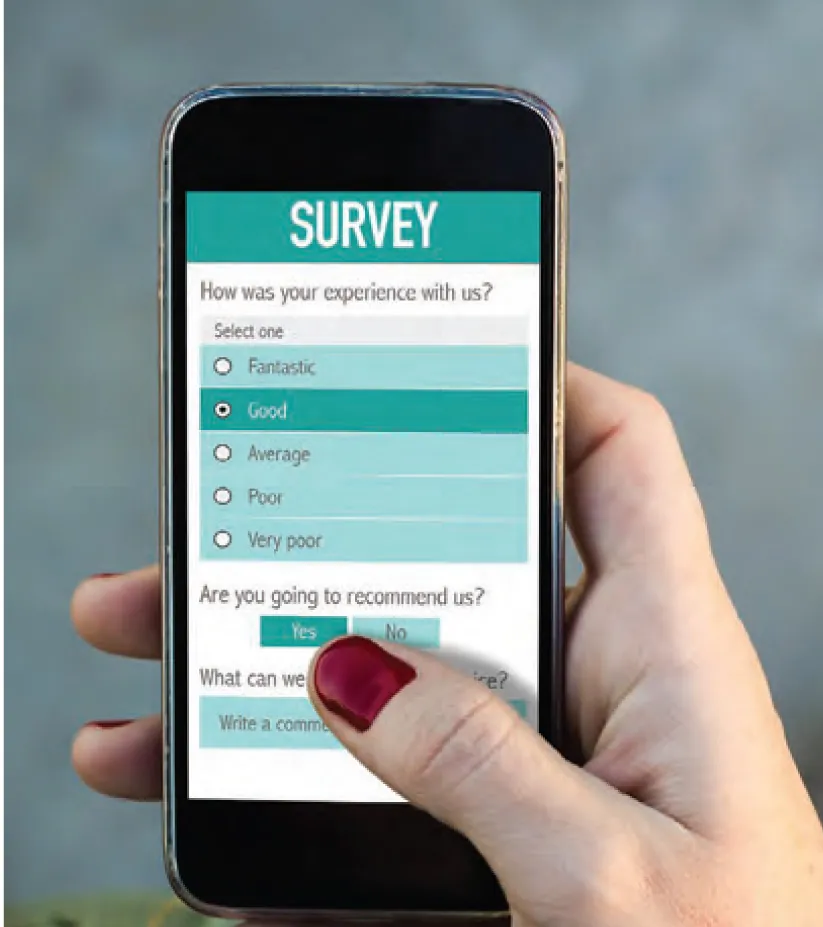In order to reach, connect with and sell to your target market, you need to have a firm grasp on who they are. Conducting market research will help you develop a fuller picture of your target customers.
There are two kinds of market research. In primary research, you conduct your own research on customers who match your target demographic. In secondary research, you get information on your target customers from outside sources, such as government statistics or industry surveys.
No matter which type of research you’re conducting, your goal is to gather the following information:
- Market size: How many individuals, households or businesses make up your target market? Is the market getting bigger (good news for your startup) or shrinking (not-so-good news)?
- Market demographics: If you are targeting consumers, demographics include factors such as whether they are married, their average age, marital status, gender, educational attainment, employment and whether they have children. Businesses have demographics too: Theirs include average number of employees, industry, annual revenues, age of the business, public or private company, product or service sold and what industry they operate in.
- Location: Where are most of your customers located? If the region where you plan to open for business lacks enough of your target customers, for instance, you’ll either need to locate elsewhere or adjust your business model.
- Income: You’ll want to know the average household income of consumers and the average revenues of businesses.
- Purchasing habits: Beyond income, dig into your target market’s spending habits. How much do they typically spend on the types of products or services you plan to sell? How and where do they buy? How frequently do they buy?
Last, but not least, find out what businesses that are competing for the same target market. Learning as much as you can about your competition will give you an idea of their strengths and weaknesses, and how much market share you can potentially capture.
Secondary Research
Where do you get all this information? Generally, it’s best to start with secondary research to give you a big-picture look at your target market. Here are some secondary sources:
- Industry trade associations generally conduct and maintain current market research.
- The U.S. Census Bureau’s American FactFinder has statistics on consumers; the Census Bureau also compiles statistics on U.S. businesses.
- If you’re planning to do business globally, visit Export.gov for country-specific market research.
- Are you targeting businesses as customers? Visit Hoover’s and ThomasNet.
- The Small Business Association (SBA) website links to a wide range of resources for market research on both individuals and businesses.
Primary Research
Once secondary research has given you a general overview of your target market, dig deeper by conducting your own primary research. You’ll need to find a representative sample of your target market, which you can do by mining your own connections, renting email lists or contacting organizations to see if their members are willing to take part. Here are four primary research methods to try:
- Surveys: You can conduct phone surveys, surveys by mail or online surveys. SurveyMonkey, Zoho Surveys and QuestionPro are free survey apps that let you create, conduct and analyze the results of your own surveys online.
- Interviews: Interviews can be done by phone or in person. They’re often an effective way to capture target customers who don’t spend a lot of time online, but they are more time consuming than online surveys.
- Focus Groups: In a focus group, individuals participate in a group discussion about some aspect of your business in exchange for remuneration. You’ll need someone to lead the focus group discussion and someone to record the results. While focus groups can yield good insights, be wary of extrapolating from a small group to your entire customer base.
- Test Marketing: Doing a “test run” of your product or service by selling to a limited group of target customers is a good way to work out the kinks in your business model. However, you may need to follow up and ask your test customers questions to determine what influenced the test marketing’s success or failure.
Take the time to do your market research, because understanding your market is key to your startup’s success.
Source: Score



